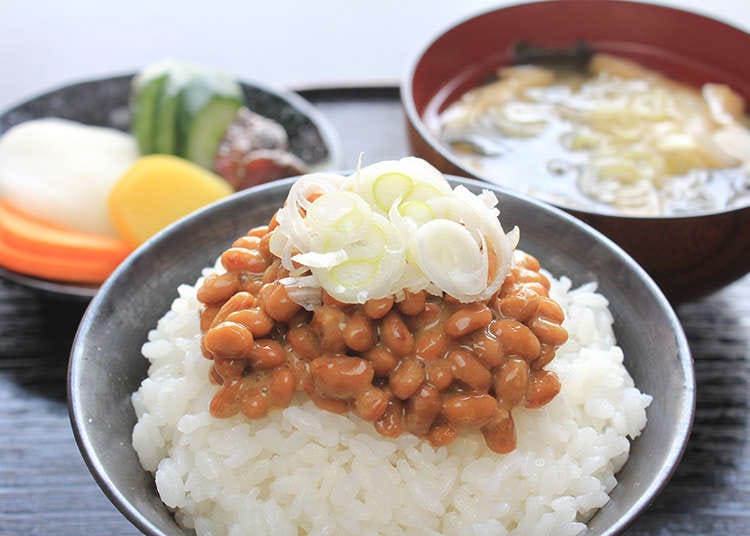
Travelling around Japan, food is one of many pleasures. In Japan, various ingredients are used and the types of food are abundant. What kinds of Japanese dishes and drinks are there?
Basic washoku (Japanese dishes)
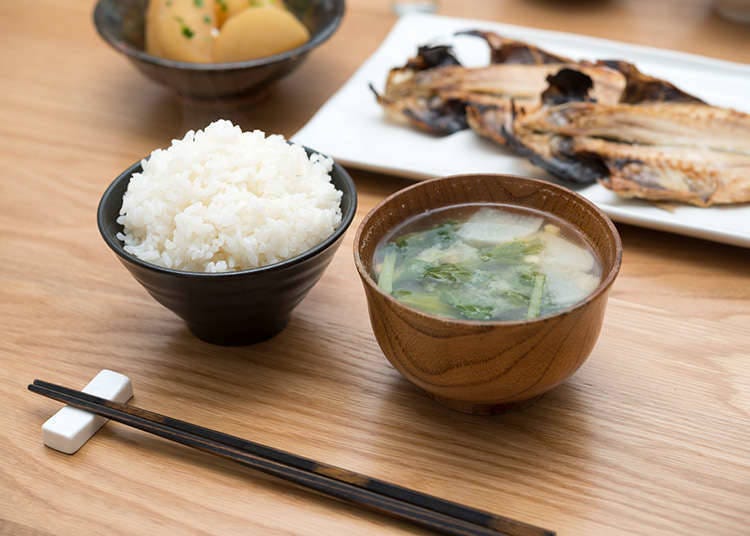
Basic washoku consists of rice, soup, a main dish, a small bowl and pickles, making up one soup and three dishes. Generally you eat them with chopsticks. Ingredients are not processed much and a simple recipe that makes the most of flavors inherent in the ingredients themselves is a characteristic of washoku.
Sushi
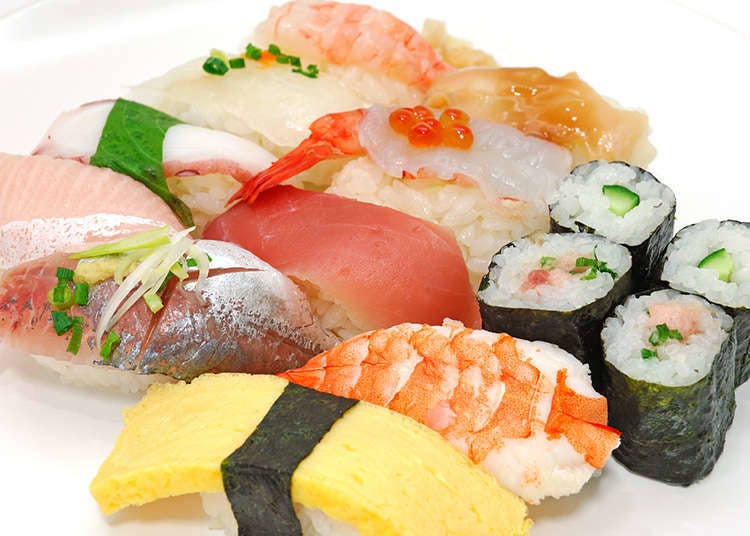
It is sushi that represents Japanese cuisine and that is popular even overseas. Among others, nigirizushi is a representative. Nigirizushi is made by taking a small amount of vinegared rice, placing sushi ingredients cut into rectangles on top of it and squeezing them gently with two fingers.
Tempura
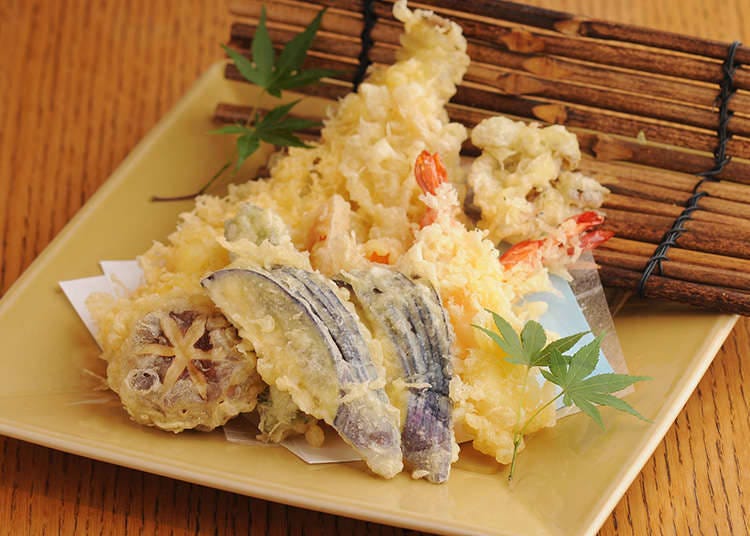
After ingredients such as fish, shellfish and vegetables are prepared, they are coated by a mixture of flour, eggs and water and then fried. Ingredients often used are white meat fish like tiger prawns, congers, goby and sillagos, and vegetables like eggplant, lotus root, mushrooms and edible wild plants. "Kakiage," which combines several chopped ingredients, is also popular.
Eel

In Japan, if you have eel, it usually means unaju, a box filled with rice topped with kabayaki eel. In most cases, eels are cooked as kabayaki. Kabayaki is where eels are opened, filleted and skewered, then grilled with no seasoning and finally charcoal-grilled while being coated with a salty-sweet sauce made of soy sauce, mirin (sweet sake), sake and sugar.
Soba and udon (noodles)
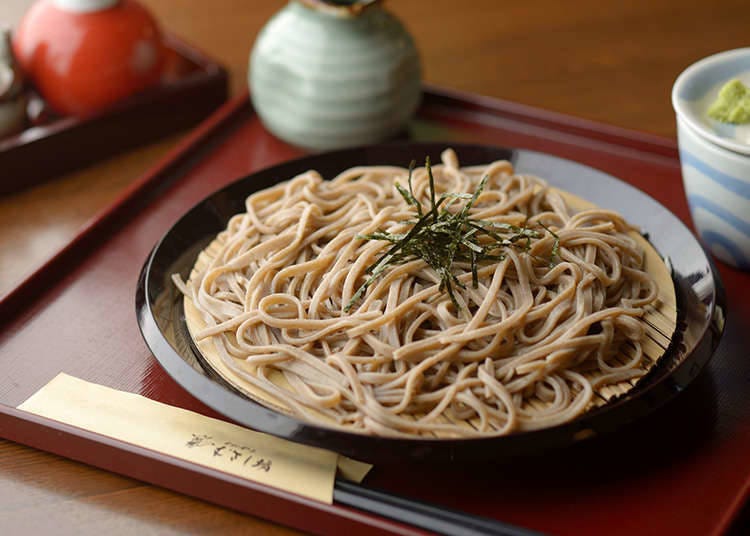
Soba and udon are noodle dishes in Japan. Soba is made from buckwheat while udon is made from wheat, thereby they have different flavors and textures from each other.
Japanese sake
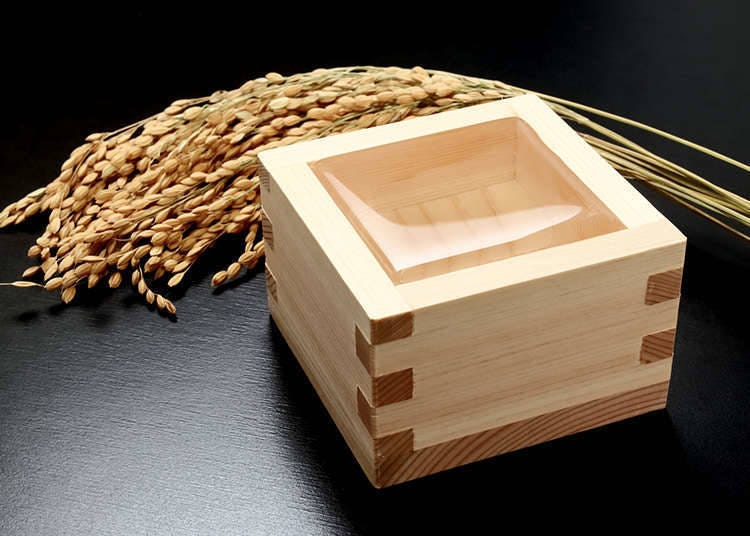
Japanese sake is brewed alcohol made from rice, koji (rice mold) and water. Typical Japanese sake has about 15% abv. and has a sweetness derived from rice. You can have sake cold, called reishu and also warm, called atsukan or nurukan depending on its temperature. It is characteristic of sake that you can have it at various temperatures.
- Category
*Prices and options mentioned are subject to change.
*Unless stated otherwise, all prices include tax.
Recommended places for you
-

MomotaroUeno
Other Japanese Food
Ueno
-

wagyuutokome Nakatake
Other Japanese Food
Ginza
-

Jiraiya
Other Japanese Food
Sendai And Matsushima
-

Koube Beef Kappo OMOKI Shinnihonbashi
Other Japanese Food
Tokyo Station
-

GINZABANSUKESHINJUKUTAKASHIMAYATAIMUZUSUKUEA
Other Japanese Food
Shinjuku
-

Wasui Yaesuten
Other Japanese Food
Tokyo Station
-

A Don Quijote Like No Other: Step Inside the All-New Tourist-Friendly Store at Shinjuku Tonanguchi Bekkan (Open June 13)
by: Chehui Peh
-
Ad

Lapoppo Farm, one of Japan's leading makers of sweet potato treats! An in-depth guide to the secrets behind its popularity, including best-selling products and facilities!
-
Ad

Tokyo Comedy Bar: Where Jokes and Craft Beer Flow Freely
-

Hotel Green Plaza Hakone (Review): Soak in the View of Mt. Fuji from an Open-Air Hot Spring
by: Mayumi Kawai
-

Discover Japan Duty Free GINZA: A Unique Shopping Experience in the Heart of Tokyo
by: Chehui Peh
-

There’s a new museum in Japan, but almost all of its location is a secret
-

Tokyo Tsukiji|Tsukiji Area Map & Sightseeing Information
-

20 Best Things to Do in Fukushima Prefecture (Sightseeing Attractions, Local Foods & Activities)
-

Japanese Restaurants and Foreigner-Friendly Services: What Is Needed and Further Thoughts
-

Hokkaido Food Guide: Top 10 Things to Eat in Japan's Gourmet Kingdom
-

Exploring Tokyo: 4 Must-Visit Spots around Tokyo Station
-

Hot Food Trends for 2018: Check out Japan's Dish of the Year!
- #best sushi japan
- #what to do in odaiba
- #what to bring to japan
- #new years in tokyo
- #best ramen japan
- #what to buy in ameyoko
- #japanese nail trends
- #things to do japan
- #onsen tattoo friendly tokyo
- #daiso
- #best coffee japan
- #best japanese soft drinks
- #best yakiniku japan
- #japanese fashion culture
- #japanese convenience store snacks













